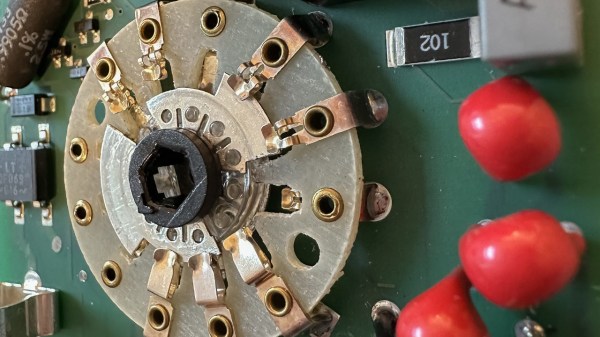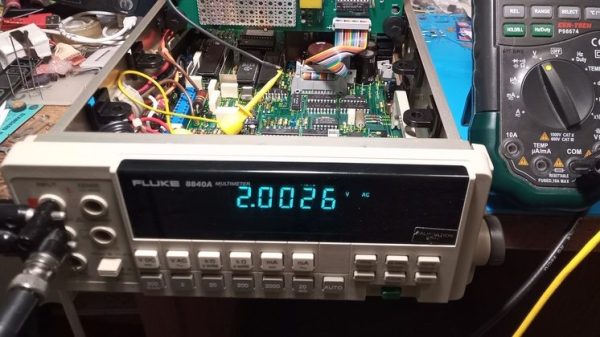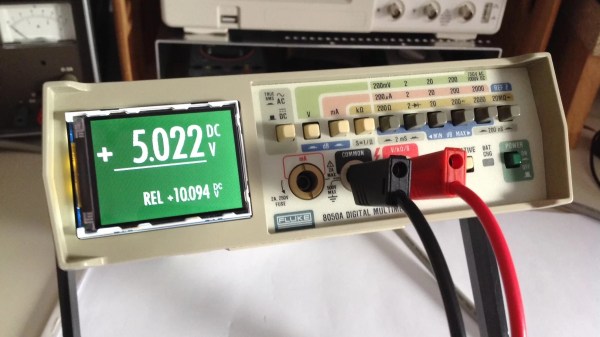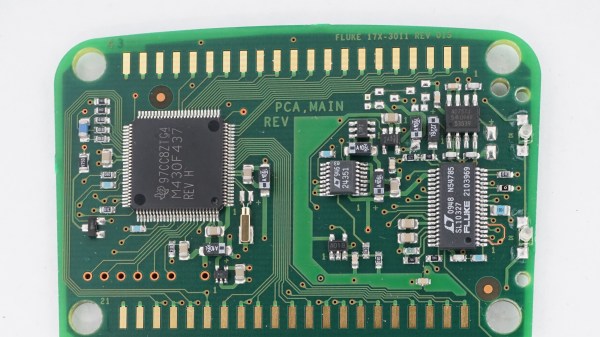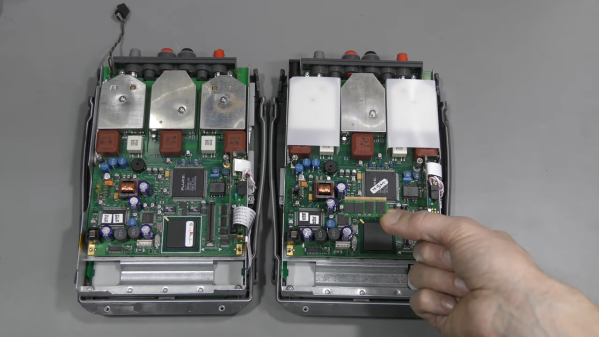[TheHWcave] found a Fluke 27 multimeter that looked like it had had quite a rough life. At first, the display flashed an overload indicator until he gave it a good smack—or, as he likes to call it, percussive maintenance. Even then, it would not give good readings, so it was time to open it up.
The display did work, so the obvious theory was something wrong with the analog board. Removing the shields showed what looked like a normal enough PCB. Or at least, the components looked fine. But on the solder side of the board, there was some corrosion on two contacts, so some careful cleaning and resoldering fixed the meter to be as good as new on at least some scales.
Tracing the pins, the corrosion put a resistor between two pins of an op-amp. The only remaining problem was the milliamp scale, but that was a simple blown fuse in the line. Since it was working, it was worth some time to clean up the ugly exterior, which is only cosmetic but still worth a little effort. He left the plastic case cracked and beaten, but he put a lot of effort into clearing up the display window.
You might wonder why you’d fix a meter when you can get one so cheap. However, these name-brand meters are high-quality and new, quite expensive. Even older ones can be worth the effort. While you usually don’t need an X-ray machine to fix something like this, it can’t hurt.



